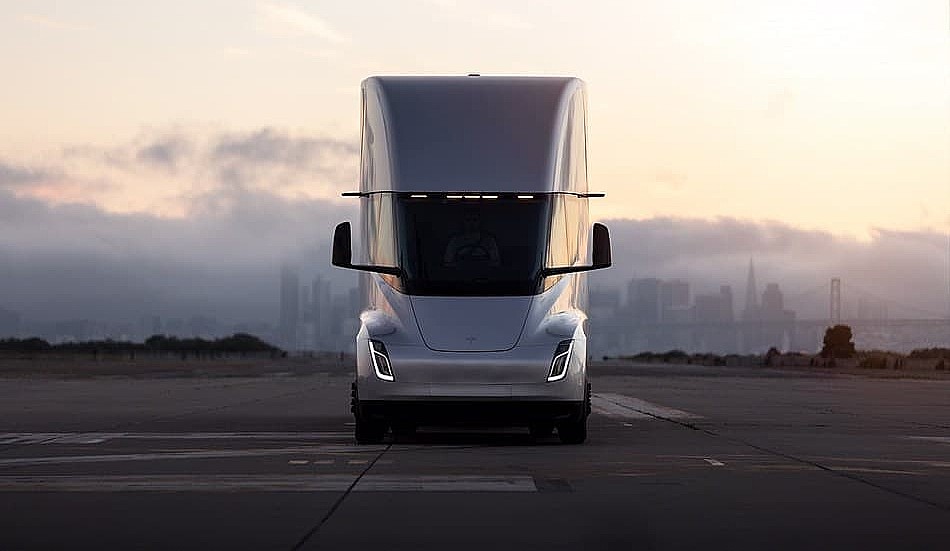The Tesla Semi may be delayed for some time now, but it looks like Elon Musk’s Class 8 all-electric truck will be worth the wait. And as the next truck approaches mass production, it becomes increasingly evident that the Semi’s potential – especially with regard to batteries and FSD features – remains grossly underestimated.
During a recent appearance on the Joe Rogan Experience In the podcast, Elon Musk revealed that the Semi would be equipped with a 500 kWh battery. Tesla’s CEO did not specify which variant of the Semi will be equipped with a 500 kWh package, although speculation from the electric vehicle community suggests the battery would be for the truck’s 300-mile variant. However, even if that were the case, such an update provides a glimpse of how far Tesla has come when it comes to its battery technology.

“You want something on the order of probably a 500 kWh package. What we have on the Model S and X is a 100 kWh package and probably something like a 500 kWh package on the Tesla Semi, ”said Musk.
When the Semi was unveiled in late 2017, Tesla noted that the vehicle would consume less than 2 kWh per mile. Considering that the two Tesla Semi variants are listed with a range of 300 and 500 miles, the estimates point to the vehicle with a battery that is probably around 600 kWh to 1,000 kWh. Musk’s recent update suggests that Tesla has improved its batteries to the point that the Semi now needs a smaller battery to reach its 300-mile range goal. This may seem like a small change, but a smaller battery has numerous advantages, such as less weight and significant savings in production costs. All of this contributes to making the 300-mile Tesla Semi a viable and competitive vehicle, especially considering its estimated base price of $ 150,000.
Of course, these advantages only become more prominent if we consider the benefits of Tesla’s structural 4680 batteries. With structural batteries installed, the Semi can save even more weight and production costs. A structural battery can also make the Semi more rigid, allowing it to be even more secure than its initial iterations. This goes hand in hand with another update to the vehicle that was mentioned by Tesla, which is also largely ignored or at least underestimated today.

During Tesla’s fourth quarter of fiscal 2020 earnings conference call, Elon Musk confirmed that the Semi may well be the first vehicle in the company’s line to receive full autonomy features. This was a point highlighted by both Elon Musk and automotive president Jerome Guillen, who noted that the FSD hardware in the Semi would be the same used in other Tesla vehicles. Musk, in turn, pointed out that the Semi’s FSD features will require Tesla to modify the FSD software parameters according to the Semi’s large size.
Perhaps one thing that is rarely mentioned is that when the Semi was unveiled in 2017, Elon Musk noted that the vehicle was already capable of using a feature called “Convoy Mode”, which optimizes efficiency while allowing several unscrewed trucks to follow a lead, manned vehicle. If Musk’s statements were accurate and the Train Mode was already feasible with the enhanced autopilot features in late 2017, this function would probably be extremely plausible today with the fully autonomous Beta. This should make the Semi safer to use than traditional long-distance ones, most of which are still triggered manually. Couple that with the functions of the Semi, like its four electric motors, that help prevent incidents like jackknifing, and the next Class 8 all-electric truck has a chance to become one of the safest big vehicles on the road today.
Do not hesitate to contact us for news tips. Just send a message to [email protected] to let us know.
